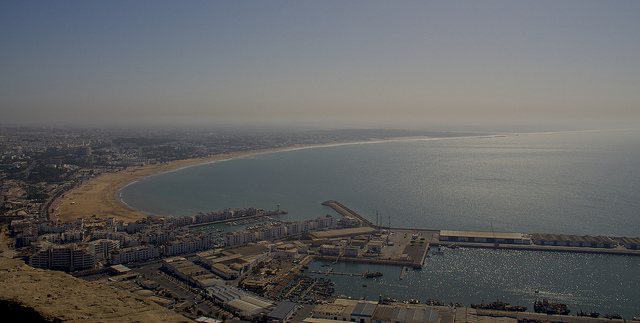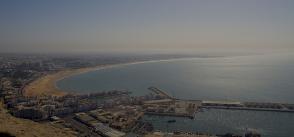
Making seawater into drinking water with the help of the sun
In Morocco, a big new solar-powered plant for turning seawater into drinking water is being built. Is the business case for renewable-energy-powered desalination technology becoming strong enough to unleash a boom?
This summer, the Spanish firm Abengoa announced it had signed an agreement with a Moroccan government agency to forge ahead with the first phase of a project to build the world's largest renewable energy-driven seawater desalination plant.
Abengoa will undertake the engineering, construction, operation and maintenance of the plant for 27 years. The project will produce 275,000 cubic meters (m3) of desalinated seawater daily, to supply 150,000 m3 water for drinking as well as 125,000 m3 for irrigation of 13,600 hectares of farmland near Agadir, a coastal town in western Morocco. The contract provides for a possible future capacity expansion up to 450,000 cubic meters a day.
According to the Moroccan government, the electricity to power the plant will come in by planned new high-tension wires from the Noor Ouarzazate solar power plant nearly 400 kilometers (249 miles) east of Agadir.
[...]
While the Agadir plant will draw seawater from the ocean and turn it into fresh water, "only about half the desalination plants in the world do that. The rest process water from other impure sources, such as brackish groundwater or polluted river water," according to Klemens Schwarzer, a scientist at the Jülich Solar Institute in western Germany, 60 kilometers west of Cologne.
Read the full article by Nils Zimmermann via DW web site.
[Photo by Davide Palmisano | Flickr]







